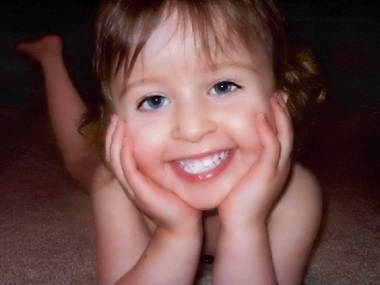- Margot Martini, 18 months, has found a stem-cell donor
- More than 50,000 people signed up to volunteer after campaign
- About 1,600 people per year require a stem-cell donation

Margot Martini, 18 months, pictured with her parents Yaser and Victoria Martini at Great Ormond Street Hospital in London, has finally found a donor.
Photo: Rebecca Reid – www.dailymail.co.uk
A matching stem-cell donor has been found for toddler Margot Martini, thanks to a worldwide campaign by her family, championed by The Mail on Sunday.
The 18-month-old has a rare form of leukaemia and needs a bone marrow donation in order to survive.
More than 50,000 people expressed an interest after Margot’s parents Yaser and Vicki, from Essington in Staffordshire, launched a web campaign to find potential donors.
The appeal was re-tweeted by celebrities including Gary Barlow and Stephen Fry.
‘We are assured by the medical team at Great Ormond Street Hospital that the donor is an “adequate match” with regard to their tissue type and a good option for us,’ said Yaser, pictured above with Margot and Vicki.
‘Given the timing of her chemotherapy programme and the medical advice, we are seizing this opportunity to avoid any delay in treatment.’
‘We know very little about the donor but wish to thank them for agreeing to donate bone marrow. We very much hope to meet them one day. We’re also extremely grateful to everyone who responded.’
About 1,600 people in the UK require a stem-cell donation each year. You can register to become a donor at deletebloodcancer.org.uk
Source: www.dailymail.co.uk






